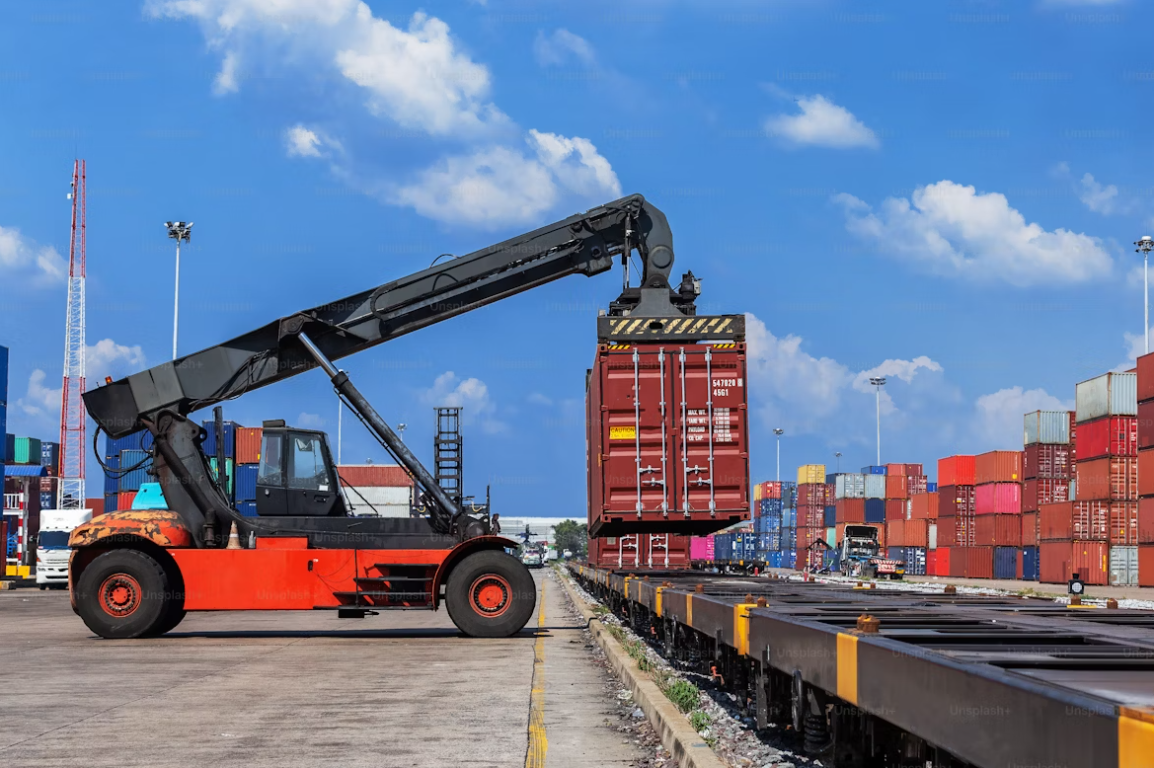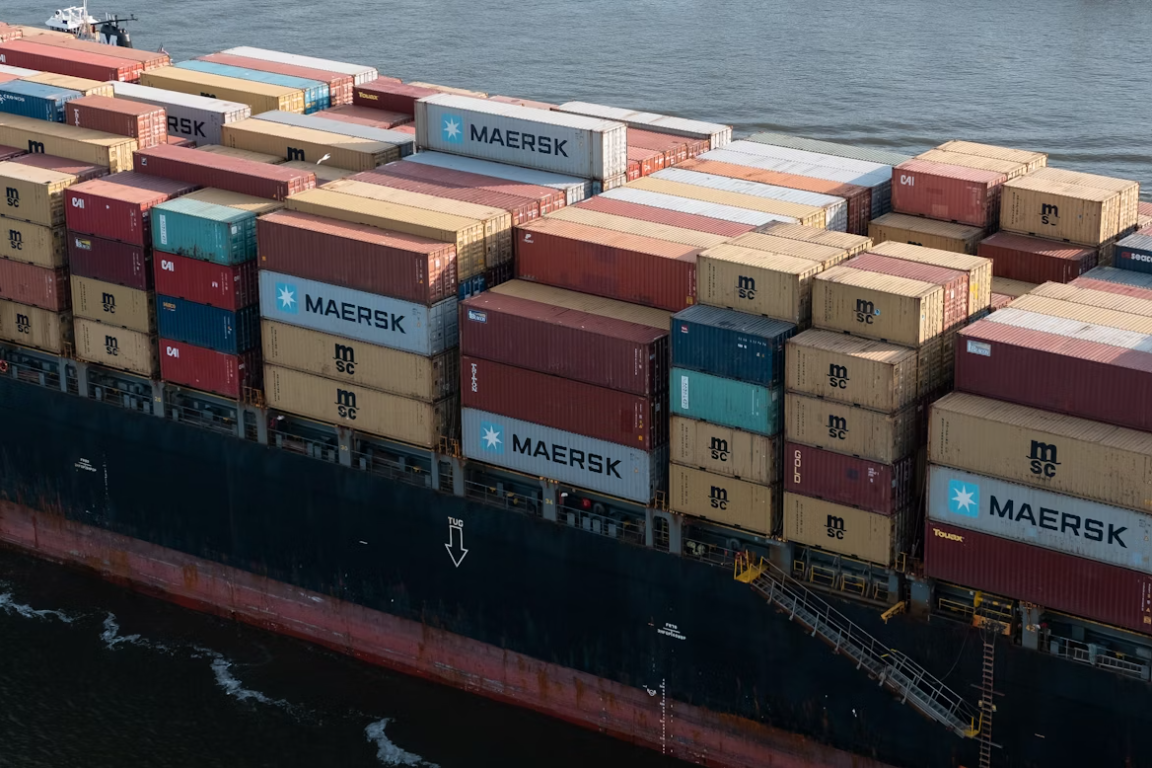What are the considerations for shipping by air to Saudi? The air shipping process to Saudi involves multiple steps and strict policies, and any oversight can easily lead to delays or customs holds. Key points to focus on include:

Compliance certification is essential.
All goods must complete SABER certification in advance to obtain the Product and Shipment Certificates. Failure to do so may result in goods being held for over 7 days or even returned. Additional documents are required for specific products—for example, cosmetics need Halal certification, and medical supplies require SFDA approval. All documents must include Arabic translations to avoid rejection due to non-compliance.
Choose suitable transportation and freight forwarders.
For sensitive goods, work with freight forwarders specialized in dedicated routes, ensuring they can handle certification and offer DDP services. Verify the forwarder's credentials and prioritize those with local clearance partnerships and real-time tracking capabilities.
Do not overlook packaging and labeling.
Use double-layer shock-proof packaging for fragile items with clear labels. Liquids must be tightly sealed to prevent leakage, with single boxes not exceeding 30 kg. The outer packaging must clearly display recipient information, paying special attention to Saudi's unique postal code format. Hazardous goods require compliant labels to avoid inspection holds.
Plan the customs clearance process early.
Submit documents to the customs broker in advance for pre-screening to ensure data consistency. For shipments exceeding 1,000 Saudi Riyals, the recipient must prepare authorization documents. If inspections occur, promptly provide supplementary materials to prevent accumulating storage fees.
Avoid shipping during special periods.
Customs efficiency decreases, and cargo space tightens during Ramadan and Hajj. October to December is the peak season—it is advisable to ship 2 weeks to 1 month in advance, allowing for a buffer of 5–7 days.
Implement risk control measures.
Track shipments in real time, focusing on key stages such as flight arrival, port arrival, and customs clearance. Consider purchasing insurance for high-value goods and clarify liability terms in logistics agreements to mitigate potential losses.


